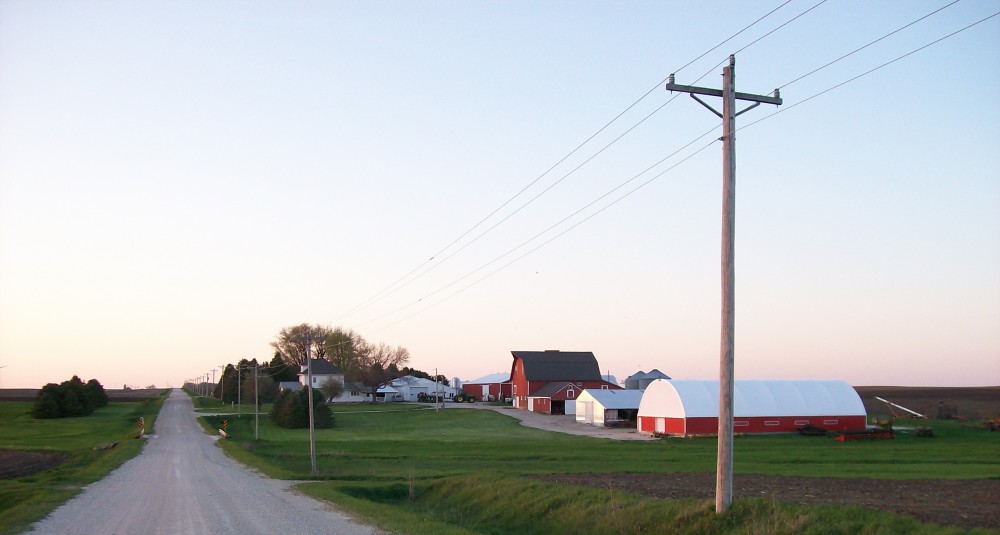Commodity agriculture farmers and organizations note that organic farming methods cannot feed the world. To save the starving and hungry, we must have embrace an agriculture that produces greater yields on fewer acres of land. To accomplish this, they say, we must have GMO seeds that have greater yield rates and pesticides/herbicides that kill off everything that may have a negative impact on crop yield. Organic would not be able to produce sufficient yields so that no one goes hungry. No one wants to feel like they are causing people to go hungry, so they would obviously side with this idea if they were given no other option. This clever argument appeals to our humanity.
I, however, must disagree. For example when the group was listening to presentations by the Corn Growers Association, the “feed-the-world” argument was brought up, but all the while I was thinking how a good chunk of the corn produced now goes to ethanol or some sort of fuel product. All the corn fields that we have seen are filled with corn that is not edible; that corn goes to making ethanol and making feed for stock animals. While you could argue that corn eventually feeds the world because corn feeds the animals, and humans eat animals or animal byproducts, remember that the people who are starving and hungry don’t usually eat all that much meat. Meat is expensive, and the diet of the poor and hungry consists of staple foods usually consisting of different grains and vegetables. However, another argument could be that corn produces high fructose corn syrup that goes into a lot of different consumable items, and, while that is also true, I can imagine due to the fact that corn syrup is a sweetener these items would not be of any good nutritional value and offer no major sustenance for the body.
Patrick Westhoff, author of The Economics of Food, brought up the interesting fact that while the percentage of the world’s undernourished population has declined over time, the number of hungry people has remained consistently high. According to a FAO report mentioned in the book, the total number of hungry people might exceed 1 billion in 2009. Food production has increased drastically, so one would think that this would cause a lower percentage of hungry people. While the answer to this riddle is not so simple, it is interesting to ponder how the corn industry is heightening production in the name of saving the hungry; however, the number of the hungry people is still increasing.
So in the end, while the corn association claims to be feeding the world, it is clearly not succeeding. Again, solving world hunger is not simple, so I don’t expect it to be done overnight. However with that argument being repeated over and over again, I would expect that the production of corn would have lowered the amount of hungry people by at least a few thousand persons. I admit I am somewhat biased, considering all the farm lands I have seen up to this point that plant GMOs and apply pesticides, have not produced a substantial amount of consumable produce. But one must wonder why the people who produce corn that is inedible by humans make the case for feeding the world so often.



